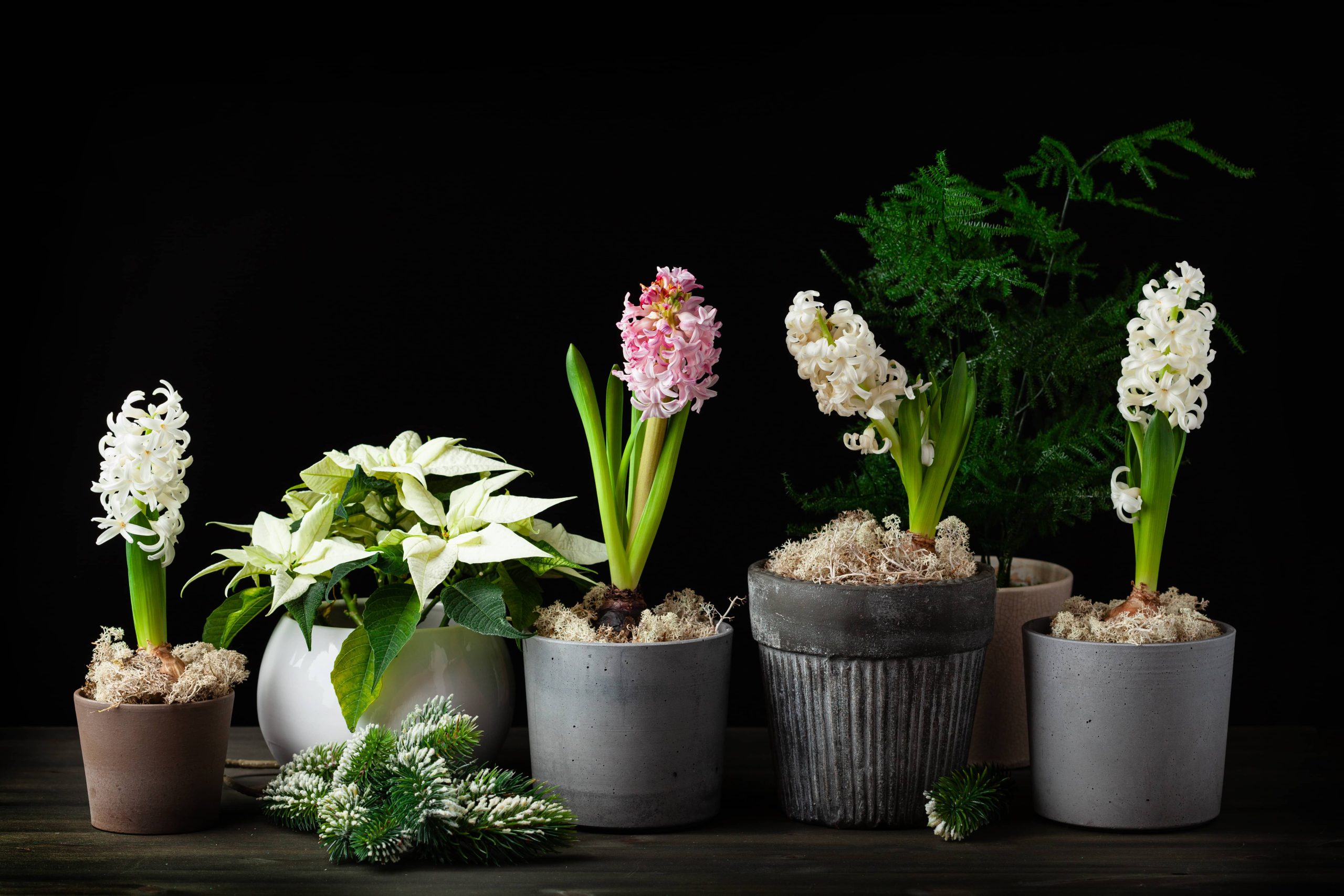
As an indoor gardening enthusiast, dealing with root rot and fungus gnats can be a common and frustrating challenge. These issues not only affect the appearance of your houseplants but also pose significant threats to their health and vitality. Fortunately, understanding the causes and implementing preventative measures can help keep these problems at bay. In this post, we’ll delve into practical strategies to prevent root rot and fungus gnats, ensuring that your indoor garden thrives year-round.
Understanding Root Rot and Its Causes
Root rot is a fungal disease that attacks the roots of plants, often leading to wilting, yellowing leaves, and stunted growth. The primary cause of root rot is overwatering, which creates a consistently damp environment that fungi love. However, poor drainage and compacted soil can also contribute, making it difficult for roots to access the oxygen they need for proper functioning.
How to Prevent Root Rot
1. Select the Right Soil:
Start by choosing a well-draining potting mix. Look for options that contain ingredients like perlite, bark, or sand that keep the soil loose and airy. A soil mix designed specifically for the type of houseplant you’re caring for can also be beneficial.
2. Ensure Proper Drainage:
Always use pots with drainage holes to allow excess water to escape. Consider adding a layer of stones or ceramic shards at the bottom of the pot to further improve drainage. Avoid using decorative pots without drainage unless you’re using them as decorative outer pots with a practical inner pot that drains well.
3. Water Wisely:
Overwatering is the number one cause of root rot, so it’s essential to water your plants judiciously. Check the moisture level of the soil before watering. Many plants like to dry out slightly between waterings. You can stick your finger into the soil about an inch deep; if it’s dry, it’s generally safe to water.
4. Monitor Humidity Levels:
While some houseplants thrive in high humidity, too much can encourage fungal growth. Invest in a hygrometer to monitor humidity levels and use a dehumidifier or increase ventilation if necessary.
5. Routine Maintenance:
Regularly inspect and prune your plants. Remove any dead or decaying leaves or stems promptly, as they can become breeding grounds for fungi and pests.
Understanding Fungus Gnats and Their Causes
Fungus gnats are small, mosquito-like insects that are often seen hovering around potted plants. The adult gnats are primarily a nuisance, but their larvae feed on organic matter in the soil, including the root structures of your plants, leading to weakening and distress.
How to Prevent Fungus Gnats
1. Control Soil Moisture:
Like controlling root rot, the key to preventing fungus gnats is managing soil moisture. Allow the top inch of soil to dry out between waterings, as this will make the environment less hospitable for gnat larvae.
2. Implement Natural Barriers:
Using a top dressing like sand, diatomaceous earth, or small pebbles can deter fungus gnats from laying eggs in the soil. These materials dry quickly and create a surface that gnats find difficult to penetrate.
3. Use Vinegar Traps:
To catch adult gnats, place small dishes of apple cider vinegar with a few drops of dish soap near your plants. The vinegar attracts the gnats, and the soap reduces the surface tension, causing them to sink and drown.
4. Introduce Beneficial Insects:
Predatory insects like nematodes can help control gnat larvae. Introduce these tiny worms into the soil where they will naturally decrease gnat populations over time.
5. Opt for Biological Pesticides:
Products containing Bacillus thuringiensis subspecies israelensis (Bti) are effective natural controls. They specifically target the larvae of fungus gnats without harming beneficial insects or the plants themselves.
6. Keep Plant Areas Clean:
Regularly clean the area around your plants to ensure no debris is providing a breeding ground for fungus gnats. Vacuum or wipe away any potential egg-laying sites around pots and windowsills.
Integrated Pest and Disease Management
Preventing root rot and fungus gnats effectively is best achieved through an integrated management approach. This includes maintaining a balance in watering, using prevention tactics consistently, and observing your plants regularly to catch any early signs of trouble.
Environmental Care:
Maintain a clean and balanced indoor environment by paying attention to light exposure, temperature, and air circulation. Each of these factors contributes to overall plant health, making them less susceptible to pests and diseases.
Natural Remedies First:
Always try natural solutions before resorting to chemical treatments. Overuse of chemicals can harm the delicate ecosystem of beneficial insects and microbes that help keep your plants healthy.
Create a Habit:
Develop a routine of checking and caring for your plants. A consistent habit of observing soil moisture, examining leaves, and inspecting for insects helps you catch potential issues early.
With these preventative measures, you can not only safeguard your indoor garden from root rot and fungus gnats but also enhance your overall gardening experience. Healthy, thriving houseplants are achievable with patience, attentiveness, and the right care practices. Happy gardening!













